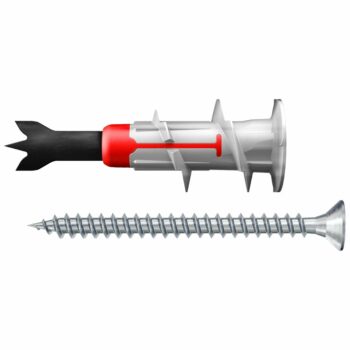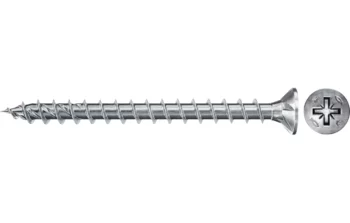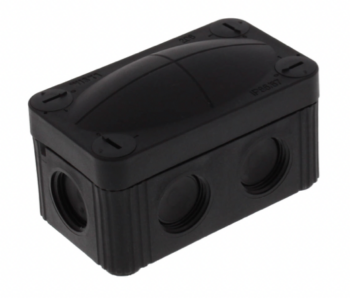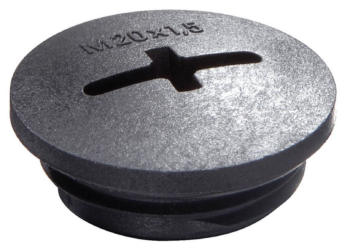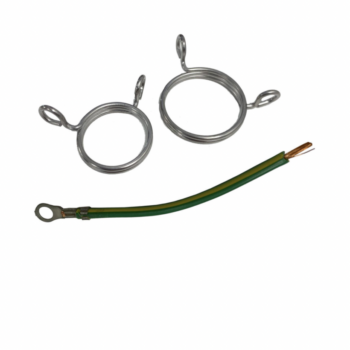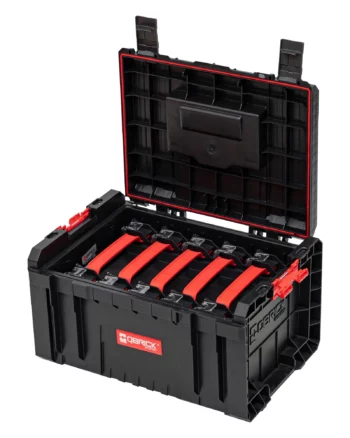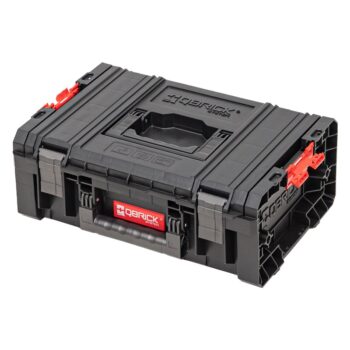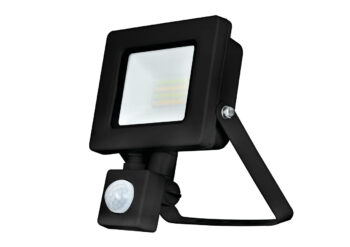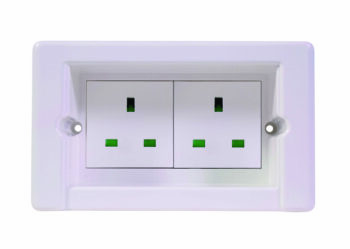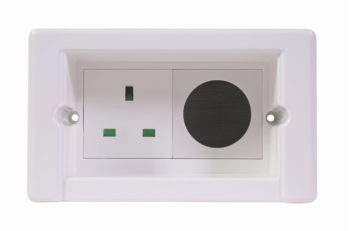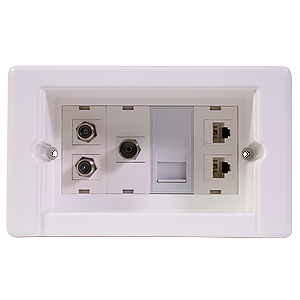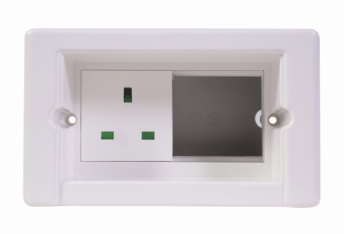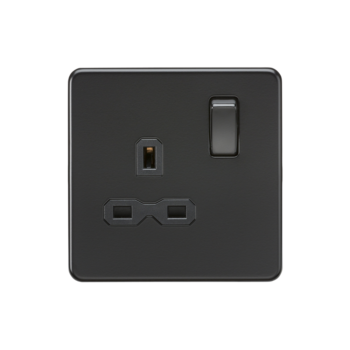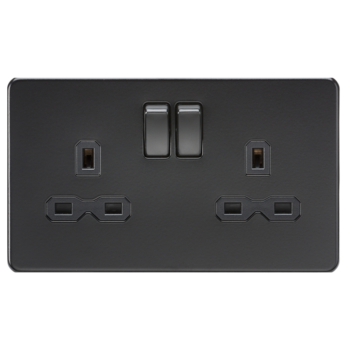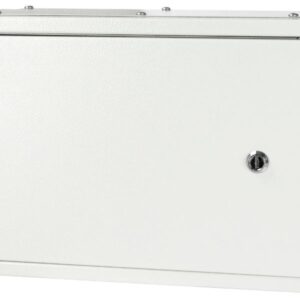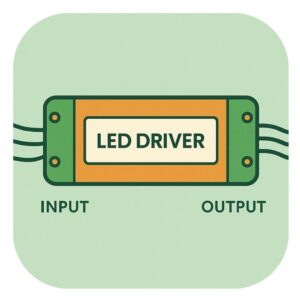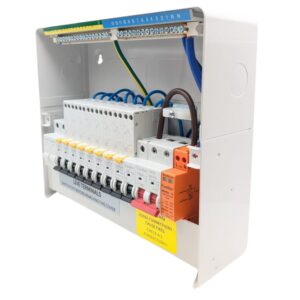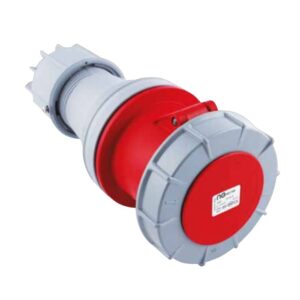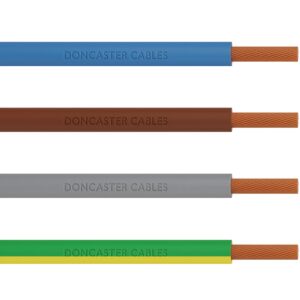Understanding Hager Arc Fault Detection Devices
Electrical safety is a critical priority, whether at home, in commercial spaces, or in industrial settings. As advancements in electrical technology continue, one device is gaining considerable attention: the Hager AFDD or Arc Fault Detection Device. Known for their reliability and innovative design, Hager’s AFDDs are revolutionizing the way we prevent electrical fires. In this guide, we’ll cover everything you need to know about Hager AFDDs, from how they work to their applications and compliance with UK regulations. Whether you’re an electrician, a property owner, or just someone curious about electrical safety, this guide will provide valuable insights.
Table of contents
- Understanding Hager Arc Fault Detection Devices
- What is a Hager AFDD?
- How Does an Arc Fault Detection Device Work?
- Why Are AFDDs Necessary?
- Key Features of Hager AFDDs
- Hager AFDD vs. Traditional Circuit Breakers
- The Importance of Hager AFDDs in Consumer Units
- How to Install and Maintain Hager AFDDs
- UK Regulations and AFDDs
- Conclusion
What is a Hager AFDD?
The Hager AFDD is a sophisticated device designed to detect dangerous arc faults and interrupt the power before they can cause damage. Arc faults are unpredictable electrical discharges that can occur due to damaged wiring, loose connections, or aging electrical components. These faults produce heat, which can ignite nearby materials, making arc faults a leading cause of electrical fires.
Hager’s Arc Fault Detection Devices stand out for their innovation and reliability, offering an extra layer of protection that complements standard circuit breakers and RCDs. By integrating Hager AFDDs into your electrical system, especially within a Hager Consumer Unit, you can significantly reduce the risk of electrical fires.
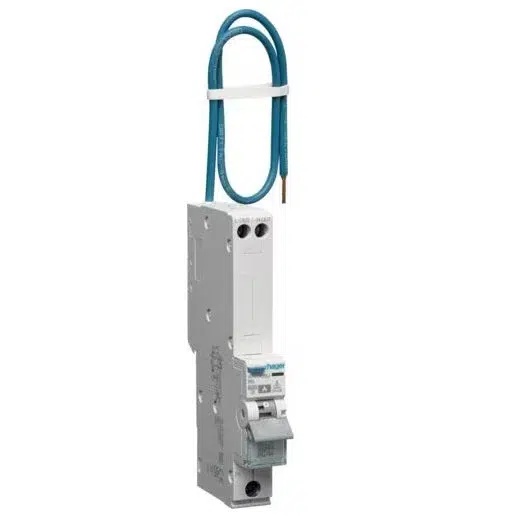
How Does an Arc Fault Detection Device Work?
An Arc Fault Detection Device works by monitoring electrical circuits for irregularities that indicate an arc fault. Here’s how it works:
- Detection: The AFDD continuously monitors the circuit’s electrical flow, looking for unusual signals or fluctuations.
- Analysis: Hager AFDDs use advanced algorithms to distinguish harmless electrical patterns from dangerous ones. For instance, it can differentiate between an arc from a damaged cable and a normal operation, like a switch being turned on.
- Response: If the AFDD identifies a harmful arc, it immediately disconnects the circuit, preventing further escalation and potential fire.
This process occurs in milliseconds, ensuring that any dangerous fault is managed before it can cause harm. Hager’s AFDDs are calibrated to offer precise, reliable protection without frequent false alarms, thanks to years of research and design refinements.
Why Are AFDDs Necessary?
When it comes to electrical safety, every extra layer counts. Arc faults are among the most dangerous electrical issues because they’re often invisible to traditional circuit protection devices like RCDs and MCBs. Here’s why AFDDs have become essential:
- Increased Protection: Unlike standard circuit breakers, which only protect against overloads and short circuits, AFDDs specifically target arc faults, which can often go unnoticed until it’s too late.
- Protection Against Wear and Tear: Over time, cables and wires can degrade, connections can loosen, and insulation can weaken, especially in high-demand environments. AFDDs provide ongoing protection, detecting these dangers as they arise.
- Fire Prevention: Since arc faults can produce heat capable of igniting materials, AFDDs act as a preventive measure, reducing the chance of electrical fires dramatically.
Given these benefits, it’s clear why AFDDs are increasingly seen as a necessary part of a complete electrical safety system.
Key Features of Hager AFDDs
Hager’s AFDDs have been meticulously engineered to offer top-tier protection while maintaining ease of use and reliability. Here are some standout features:
- High-Sensitivity Detection: Hager’s AFDDs can identify even the slightest irregularities in the current, helping to prevent potential hazards before they escalate.
- Integrated Circuit Protection: Many Hager AFDDs combine arc fault detection with MCB or RCD protection, offering a compact, all-in-one solution.
- User-Friendly Design: Installation and maintenance are straightforward, ensuring that electricians can easily incorporate AFDDs into both new installations and retrofits.
- Reduced False Alarms: Advanced algorithms reduce the likelihood of nuisance trips, providing reliable protection without unnecessary interruptions.
- Durability: Built to last, Hager AFDDs are known for their resilience, even in environments with high electrical demand.
With these features, Hager’s AFDDs set a high standard for safety and reliability, making them an ideal choice for both residential and commercial settings.
Hager AFDD vs. Traditional Circuit Breakers
Traditional circuit breakers, such as MCBs and RCDs, play a crucial role in electrical safety. However, they have limitations that AFDDs address effectively:
| Feature | Traditional Circuit Breakers (MCBs, RCDs) | Hager AFDD |
|---|---|---|
| Protection Scope | Overloads, short circuits | Arc faults, overloads, short circuits |
| Fire Prevention | Limited | High, due to arc detection |
| Advanced Detection | No | Yes, distinguishes arc types |
| False Alarm Rate | Low but some faults go undetected | Low, highly accurate |
In other words, AFDDs go above and beyond traditional devices, offering a level of safety that is unmatched by older technologies.
The Importance of Hager AFDDs in Consumer Units
Adding an AFDD to your Hager Consumer Unit is one of the most effective ways to enhance safety in an electrical installation. A Consumer Unit, or fuse box, is the hub of your home’s or business’s electrical system. By integrating an AFDD into this unit, you protect each individual circuit from the risk of arc faults.
AFDDs in a Hager Consumer Unit offer advantages like:
- Centralized Protection: Protect all circuits from one location, streamlining maintenance and monitoring.
- Space Efficiency: With Hager’s compact AFDD designs, you can add protection without taking up too much space in your Consumer Unit.
- Customizable Safety: Choose which circuits need AFDD protection, allowing for targeted safety solutions.
How to Install and Maintain Hager AFDDs
Proper installation and regular maintenance are crucial for ensuring that your Hager AFDD operates effectively.
Installation Guidelines
- Consult the Manual: Always refer to Hager’s installation guidelines for specific instructions related to your AFDD model.
- Choose the Right Circuits: Select circuits with a higher risk of arc faults, such as those supplying areas with older wiring or high-power appliances.
- Positioning in the Consumer Unit: Install AFDDs in a location where they’re easily accessible for testing and maintenance.
Maintenance Tips
- Periodic Testing: Use the test button to verify that the device is working correctly. Hager recommends testing at least once a month.
- Visual Inspections: Look for any signs of wear or damage to the AFDD or its connections.
- Update as Needed: If you’re adding new circuits or heavy-duty appliances, consider adding more AFDDs for comprehensive protection.
These steps ensure that your Hager AFDD continues to perform reliably over its lifespan, providing peace of mind and ongoing safety.
UK Regulations and AFDDs
In the UK, the BS 7671 Wiring Regulations provide guidelines for electrical installations, and the use of AFDDs is strongly recommended for certain applications. Although not yet mandatory for all circuits, the latest updates to BS 7671 suggest AFDDs should be considered in settings such as:
- High-Risk Residential Buildings (HRRBs): Examples include apartment blocks and residential care homes.
- Locations with Sleeping Occupants: AFDDs are recommended for circuits supplying sleeping areas in hotels, student accommodations, and similar settings.
- Commercial Buildings: Especially where there’s a significant electrical load or older wiring that could increase the risk of faults.
By adhering to these recommendations, you ensure that your installation is both compliant and optimized for safety.
Conclusion
Hager AFDDs represent a leap forward in electrical safety, offering unmatched protection against arc faults. By incorporating these devices into your electrical system, you can safeguard against the risk of electrical fires caused by unseen faults. Whether it’s in a Hager Consumer Unit or as a standalone device, a Hager AFDD offers the reliability, durability, and peace of mind that property owners and electricians alike value.
For anyone looking to enhance electrical safety, Hager AFDDs are an investment that provides long-term benefits, protecting lives, property, and peace of mind.
See the full range of Hager Arc Fault Detection Devices here!
Frequently Asked Questions (FAQ)
A Hager AFDD, or Arc Fault Detection Device, is designed to detect dangerous arc faults and prevent electrical fires.
Unlike MCBs, which only protect against overloads and short circuits, AFDDs detect arc faults, adding an extra layer of protection.
AFDDs are essential because they prevent electrical fires by detecting arc faults, which are often undetectable by other devices.
Yes, Hager AFDDs meet the BS 7671 standards and are recommended for high-risk settings in the UK.
They are best installed in circuits supplying high-risk areas, such as bedrooms, kitchens, and spaces with older wiring.
While not yet mandatory, they are recommended in certain high-risk settings under the latest UK regulations.






